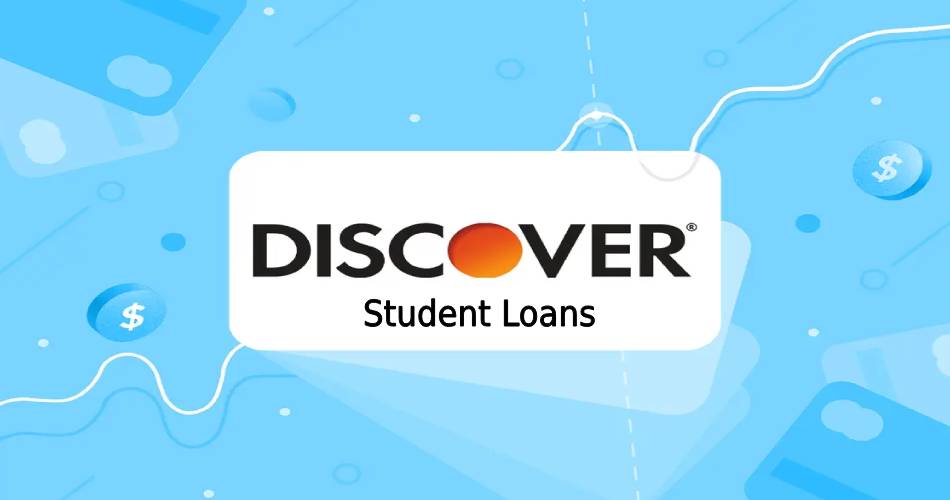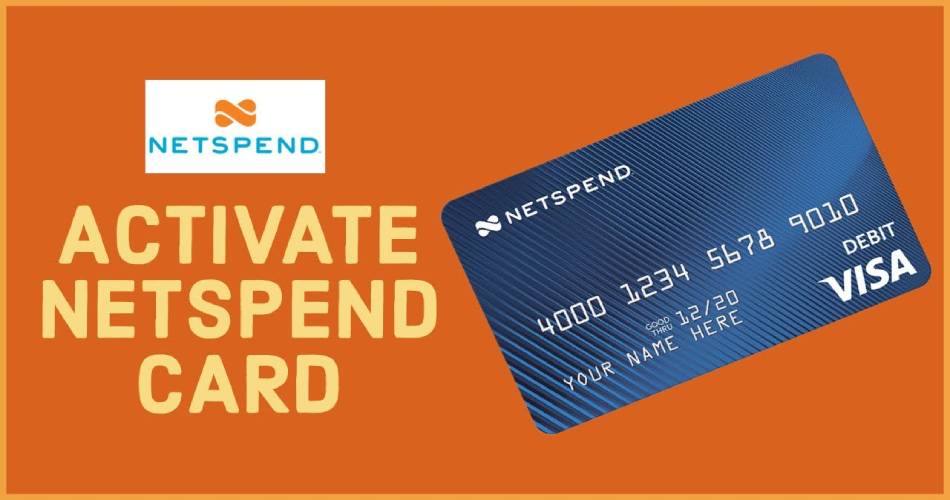
Getting an education is a valuable investment in yourself, but one that unfortunately comes at a steep and ever-rising price. With tuition rates outpacing inflation, student debt balances have skyrocketed leaving graduates entering the workforce already financially burdened.
Thankfully various loan programs exist to promote access to education you can discover student loans. However, taking on debt also requires responsible management and repayment habits to avoid being saddled long-term.
In this guide, we’ll explore the overall student loan landscape, strategies for borrowing wisely, repayment considerations, and even loan forgiveness options. Let’s get informed on how to make financing your education work for you!
Understanding Student Loan Fundamentals
Types of Loans
Students rely on two chief funding sources – federal student loans with favorable terms set by the government and private student loans issued by banks or online lenders. Each carry distinct considerations.
Federal loans limit borrowing amounts based on factors like financial need, college grades, and year of study. Rates for federal loans rarely exceed 5-7%. While you must begin repaying federal loans 6 months after graduating, they offer more flexibility programs.
Private lenders focus less on need or grades. However, they charge significantly higher variable rates and offer fewer affordable repayment programs. Weigh such tradeoffs carefully when exploring private loan options.
Key Terminology
Here are some key terms that borrowers should understand when comparing student loans:
Principal – The amount you originally borrowed
Interest Rate – The recurring charge added over time for borrowing money
Capitalization – When unpaid interest gets added back to the principal amount
Annual Percentage Rate (APR) – The true annual cost of borrowing including fees
Deferment – A temporary postponement of loan payments
Borrowing Best Practices
With education debt levels breaking records yearly, exercising caution when borrowing remains critical. Consider these tips:
- Exhaust federal loan options first due to lower rates and flexible terms
- Compare multiple lenders to help negotiate the best rates
- Only borrow what you strictly need to limit overall debt
- Understand the full cost with fees and interest before taking out a loan
- Avoid unnecessary fees or penalties that hike costs
Thoughtful borrowing habits go a long way toward managing education expenses.
Navigating Repayment
Generally, you’ll enter loan repayment 6 months after graduating once any grace period or deferment concludes. Prepare for this financial obligation carefully by:
- Consolidating multiple loans to simplify repayment
- Creating a realistic budget accounting for monthly payments
- Making on-time payments every month to protect your credit score
- Paying extra when possible, to reduce principal and interest faster
- CDeducting student loan interest if eligible from your taxes
Also research alternate repayment plans that base monthly payments on income rather than standard 10-year terms. This helps ease the burden for qualifying borrowers.
Seeking Loan Forgiveness
While repaying education loans takes discipline, some borrowers may qualify for federal student loan forgiveness programs that discharge remaining debt after consistent payments over an extended timeframe.
Common options include Public Service Loan Forgiveness for government and nonprofit workers after 10 years and Teacher Loan Forgiveness after 5 consecutive years teaching in low-income schools. Healthcare professionals like doctors and nurses may also receive aid through state programs.
Check eligibility requirements carefully to leverage these incentives that lessen education debt burdens for entire career categories vital to society.
Conclusion
The value of an education extends beyond just financial return on investment. However, minimizing debt burdens out of the gate allows graduates to pursue careers more freely. With responsible borrowing strategies and utilizing existing repayment programs, students can reduce loan pressures and set themselves up for success.
Frequently Asked Questions (FAQ’s)
1. How much should I borrow each year?
Ideally limit total loans to the estimated first-year salary range for your chosen career field. Also aim to owe less at graduation than your total expected starting pay.
2. When do I need to start making payments?
The 6-month grace period after graduating before the first payment comes due gives you crucial time to save and find a job. Some deferment options exist as well if you enroll for a graduate program or face financial hardship.
3. Are there tax deductions for student loans?
Yes! You can deduct up to $2,500 of student loan interest from your taxes each year. Certain states also provide tax credits or deductions up to an amount for payments.
4. Can I pay off my loans early?
Yes, you can make extra payments directly to your principal loan amount even while enrolled to reduce the overall interest owed without facing any penalties.
5. What is the best way to lower my payment?
Pursuing an income-driven repayment plan bases your monthly payment on a percentage of your disposable income and offers forgiveness on any balance remaining after 20-25 years of payments.

Hey there! I’m Dyna, the author of Baddiehub.lol. For 9 years, I’ve been in the tech world, focusing on the latest technological growth in our daily tech life. My mission? Provide clear guides on everything from streaming devices to card activations. I’m all about guiding you step-by-step through any process. With my guides, you’re always on the right path.





